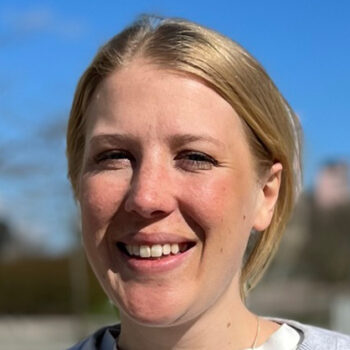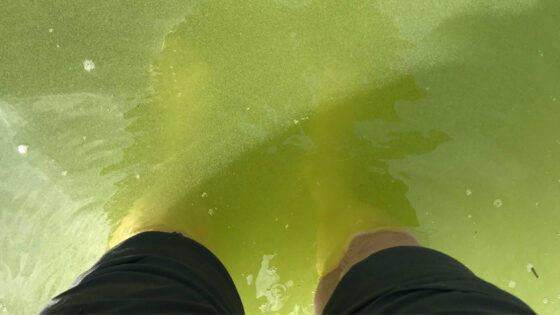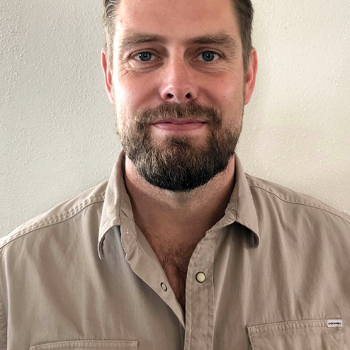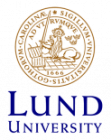Phosphorous dynamics in Vombsjön
This is Anna Söderman’s PhD project. Anna is an industrial doctoral student at Sweden Water Research and Sydvatten through Lund University of Technology.
PHD PROJECT Eutrophication is today a large problem in many lakes in the world as well as in Sweden. The excess use of fertilizers has especially affected the lakes in southern Sweden where agricultural activities has been high. Eutrophication can lead to poor water quality and affect a lakes ecosystem due to the increased production of phytoplankton. It can also lead to algal blooms and form toxic cyanobacteria. The awareness of eutrophication has existed for a long period of time and various measures towards it has therefore been put into place. As a result of this the external loading of nutrients to lakes has today decreased in many places in the country. However, even if the external loading ceases a lake can continue to be eutrophicated due to releases of nutrients from a lake’s sediments, the so-called internal loading. Studies has also shown that climate change intensifies many of the factors affecting the internal loading and it is therefore suspected that algal blooms and the formation of cyanobacteria will increase in affected lakes. The knowledge of the internal loading is today low, more research is therefore necessary so that effective measures can be put in place.
In this project the lake Vombsjön will be analysed which is a lake affected by eutrophication. As a result of this it has been given the ecological status “unsatisfactory”. Vombsjön is situated in southern Scania and is included in Kävlingeåns main catchment area. The catchment area is mainly covered by agriculture, but forested areas is present on the lake’s southern shoreline. The lake today serves as the primary drinking water source for approximately 25% of the population of Scania and distributes water to the larger city Malmö. Vombsjön is very nutrient rich and yearly converts a large mass of phosphorous which shows itself in the lake’s phytoplankton community with a high biomass during late summer and autumn often with a large portion of cyanobacteria. The sediments also contain large concentrations of phosphorous which means that the internal loading can contribute to the eutrophication in the lake.
The heavy algal blooms in Vombsjön can aggravate the production of drinking water. The aim with this project is therefore to increase the knowledge of the phosphorous dynamics in Vombsjön and its catchment area as well as analyse the effect of different measures towards intern and extern phosphorous loading so that good ecological status can be met.
Supervisor: Magnus Persson
Co-supervisor: Magnus Larsson, Kenneth M Persson and Christian Alsterberg






